Description
Entry for the Chessex Tribute competition.
Game Overview
The object of the game is to capture your opponents’ dice by either trapping them with a die on two opposing sides (performing a pincer movement) or by dropping a die of the same number on top of it.
Components
. Game board (15 x 15 squares)
. 36 dice x number of players (72 for 2 player, 108 for 3 player, 144 for 4 players) – each player should have a different colour of dice
. These Rules
. Diagonal Arrow Tiles x 30 (Optional)
Set Up
. - If using arrow tiles, place them 3 at a time (alternating who puts them down) on the board wherever you like.
. - Players roll their dice 6 at a time and place them on their side of the board. Alternate putting dice on the board. You can place them within the five rows closest to them on the board (exactly where is generally irrelevant, but can ultimately be used as some sort of strategy depending on how you put them down). Keep doing this until each player has at least 30 dice on the board.
.... - You may opt to hold 6 dice in reserve so you can place them in game at a later time.
.... - When you play these reserves you can put any number of them on the board at a time, so long as they are on your own side of the board. Remember to roll them first to determine which side is facing up.
. - Starting a die on the board so that it pincers an opponent’s die does not count as a capture.
. - Designate starting player.
Arrow Tiles
. Landing on an arrow tile grants you an additional direction to move in - always a diagonal. If the arrow points up and to the left, then you may move up, down, left, right, or up-left.
Rules for Play
. - Players alternate moving one die each turn.
. - If you drop one of your dice on another one of your dice, the die at the bottom is removed and can be replayed on a later turn with a different number on its face.
. - Any dice captured by your opponent are removed from the game. You don’t get them back during this game.
. - A die can jump in any of the four directions provided they a) stay on the board, and b) don’t land on an enemy die with a number different to the die you are moving. You can drop any of your dice on top of any of your own dice, provided they are in range.
. - You can only move your pieces in a straight line.
. - If you jump your dice between two enemy dice, you don’t lose that die. The opponent must manoeuvre into a position where they jump beside you.
Reinforcements
You can play any number of reinforcements in your home zone (the first five lines on your side of the board) on your turn instead of moving one of your dice.
If you place a reinforcement next to an opponent’s die that already has one of your dice on an opposing side, it does not count as a capture.
Buffer
One line of squares running from corner to corner of the board should act as a buffer if you intend to have more than 2 people playing a game. I.e. during initial deployment, you cannot place one of your own dice next to an opponent’s dice.
Dice Rules
. - Number 1 Dice: can move one square, capture enemy Number 1 Dice by jumping on them, or can push a friendly die into reserve by jumping on it.
. - Number 2 Dice: can move 2 squares, capture enemy Number 2 Dice by jumping on them, or can push a friendly die into reserve by jumping on it.
. - Number 3 Dice: can move 3 squares, capture enemy Number 3 Dice by jumping on them, or can push a friendly die into reserve by jumping on it.
. - Number 4 Dice: can move 4 squares, capture enemy Number 4 Dice by jumping on them, or can push a friendly die into reserve by jumping on it.
. - Number 5 Dice: can move 5 squares, capture enemy Number 5 Dice by jumping on them, or can push a friendly die into reserve by jumping on it.
. - Number 6 Dice: can move 6 squares, capture enemy Number 6 Dice by jumping on them, or can push a friendly die into reserve by jumping on it.
- Capture: Jumping on an enemy die with the same number on its face. Moving your dice into position so that there is one of your dice on either side (left and right or front and back) of a die with any number on its face.
Board Shape
It was recently brought to my attention that the game can be played on grids that aren't necessarily square. To play on a triangular board, your pieces can move normally in all 6 directions, thus rendering the need for the arrow toils null.
Winning
. Players who have less than 6 dice left on the board (with no reserves) lose. A player may concede defeat any time after they are reduced to ten dice less than their opponent (e.g. if they have 15 dice and their opponent has 25 dice, they can concede defeat).


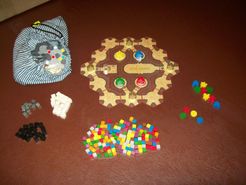


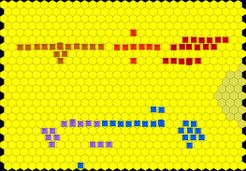
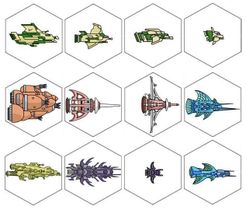
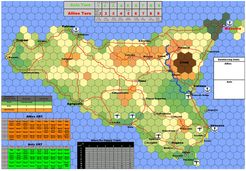
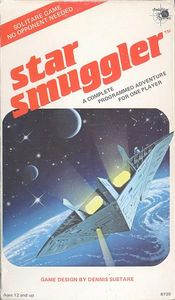


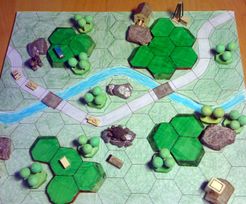
Comments (0)